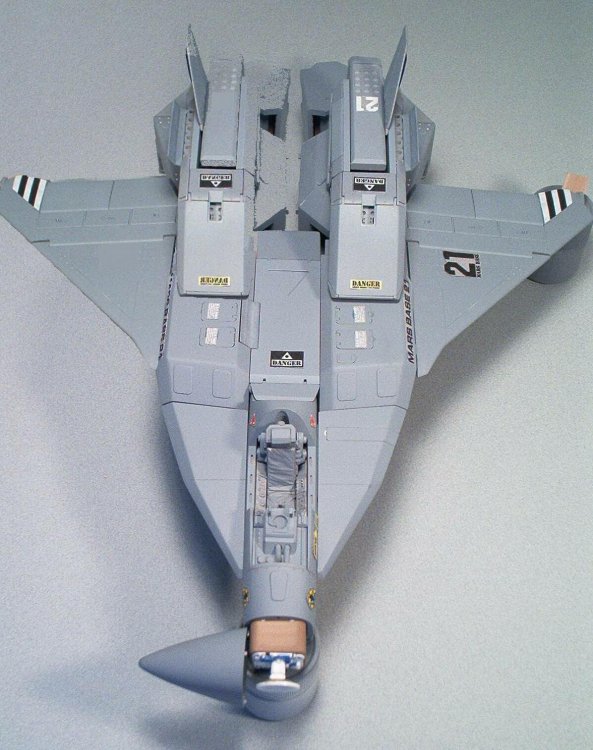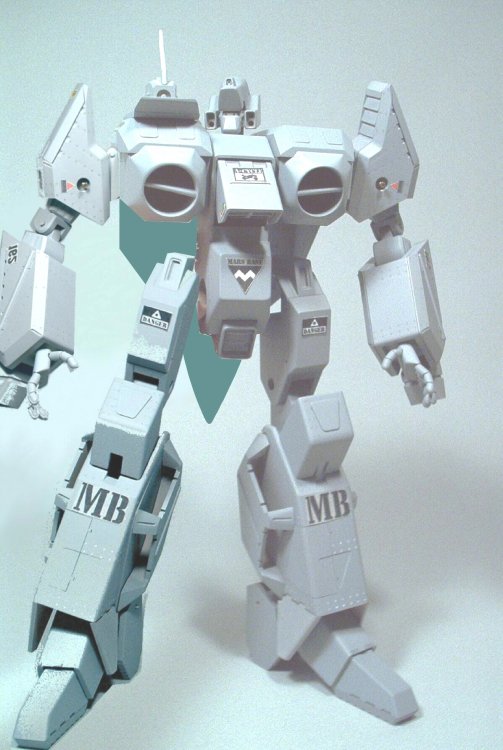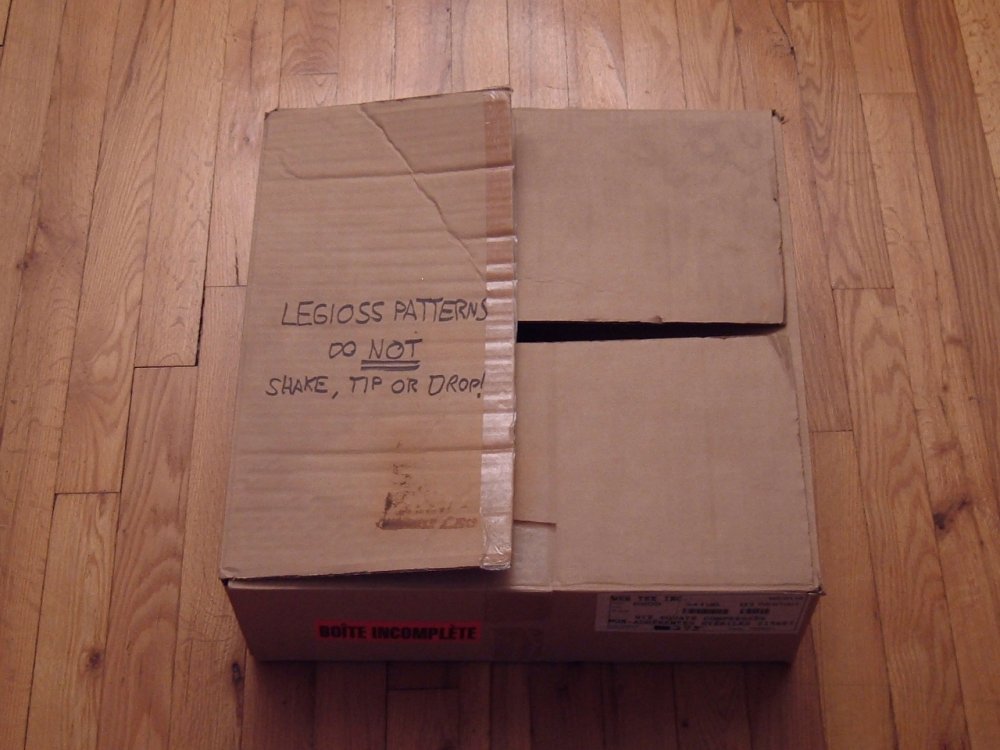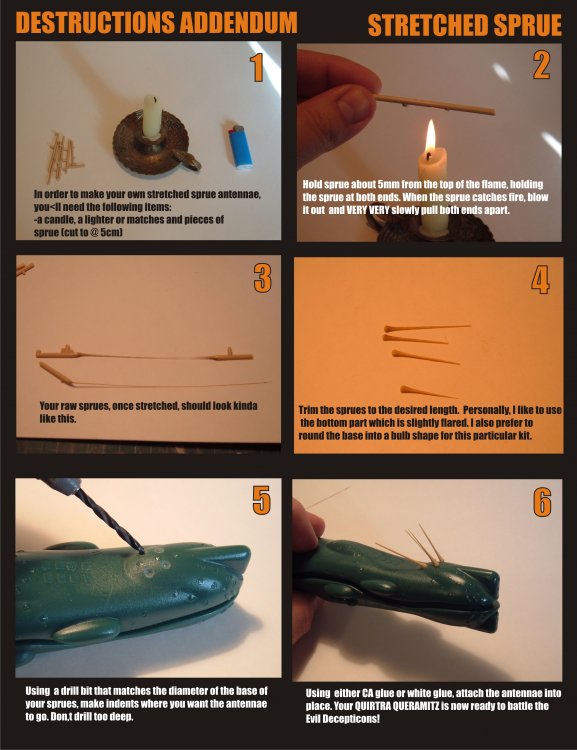-
Posts
3550 -
Joined
-
Last visited
Content Type
Profiles
Forums
Events
Gallery
Everything posted by captain america
-
Hi Pat, Nightmare. Welcome aboard! Guess what guys, it looks like we have our 20!!! I'll kick the project off on Dec 1st officially, but will be doing some prepping behind the scenes until then... I also have to redo all the decals from scratch because the original file was lost, but that'll be a labor of love. Oh, and by the way... IT LIVES!!!!
-
Hi Mike. Yes, 2 month intervals is the plan. While I may decide to take it upon myself to do some advance molding of certain parts, I promise to honor the 2 month interval for payments. Oh, and happy to have you aboard
-
List updated. Still awaiting a response from someone, but looks promising.
-
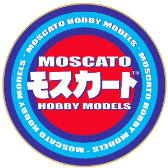
No Beagle Blow Superior... that blows superior...
captain america replied to EXO's topic in Anime or Science Fiction
Just in case some people might not be aware... A shameless plug http://www.macrossworld.com/mwf/index.php?showtopic=34100 -
Hi Carl. Indeed, too much exposure can be counter-productive. The only thing I can think of is word of mouth; if you know anyone off MW that might be interested in the kit, just direct them here. I'll leave the proverbial door open until Nov 30th.
-
Honestly, I would feel more comfortable with 21-22. It seems that one order may not be certain.
-
Who needs college when you can have your own Supreme Detail Henshin Robo?? Just think of the possibilities... Not only can it be built in any of the three modes, but has the possibility to be converted to Iota, Zeta, or even Mujin configuration with the right parts.
-
Not in principle, though we're still at least 6 places short of a go. Umm... Don't forget to tell your friends about the project?
-
It would be in installments; about $140 (+ shipping) roughly every 2 months. This makes it not only more manageable for you guys, but also for me, cos that kit has over 300 pieces So far, it looks like we have 18 solid confirmations and 1 tentative: RKSC (2) jorwar_b Ignacio Ocamica Codam23 neptunesurvey Ghadrack Thor DarrinG WWWMWWW (3) Major Tom Viceland Valkyrie Jadefalconguard SILVERDRAGON MSLZ 22 Yaco (tentative)
-
Correct. Due to the nature of the project, I'd likely do this by private contract w/deposit.
-
Hi guys. Other possible variants: the Iota conversion could be done easily with a new head/decals; Zeta too, with the addition of new engines and a few other bits. Other (Dark) variants would be a stretch, due to the need for significant alterations. Mini Lide Almor & pirot: maybe as a separate set, since the base Eta kit would already be a handful, what with the need for decals, vac formed canopies, metal screws, metal insert-cast parts & machined joints. As it stands right now, I would need an absolute minimum of 20 orders to even kick things off. Baddies: the Eager & Gurabs are very feasible, depending on demand as always. The bigger baddies might be a stretch due to size/complexity/cost to demand ratio. What I had planned is as follows: "IT" would be released in 6 separate installments (arm, leg, torso, arm, leg, nosecone) of $140 each; each installment roughly 2 months apart. The one aspect that really gives me pause is the main landing struts; still have to figure that out somehow. Alas, I just wanted to lay it all out on the table so that people have a good idea of what they'd be getting into.
-
It's "real" 1/32, which is to say significantly larger than the given anime dimensions, which are fine if the pilot is the size of a 12 year-old girl. I started the whole design from scratch starting with a 6 foot tall man as the pilot and designed the rest of the mecha around him. Roughly 14" tall in Soldier, and 18" long in fighter with the short nose.
-
Easy. Over the course of time, skills improve and I see things differently. Also, some technologies that weren't viable 8 years ago have become more cost-feasible. It would still be quite a significant undertaking but I can make it more manageable by dividing-up the workload into 6 different installments.
-

Standard Type Tactical Pod Regult plamo kit Resale
captain america replied to valhary's topic in Model kits
The size is wrong, the proportions questionable and it's low on detail, but the price is certainly right. -
For those who may never have seen the photoshopped pics of what it would look like, I've included them below. Assuming I can revive it successfully, I will update and improve some details and structures, more notably the length of the nose. The only aspect that really worries me is the cost of fabricating the ball-joints, but I'll see about getting a few quotes. fighter3.bmp soldier3.bmp
-
After almost a decade in a dormant state... Just wanted to gauge reaction on this. I know it's not in the correct section.
-

1/48 Mospeada Invid/Inbit Iigaa Scratchbuild
captain america replied to Ignacio Ocamica's topic in Anime or Science Fiction
Wow, that's pretty good for a first attempt! I say run with the project and have fun -

Even MORE remake madness.......
captain america replied to taksraven's topic in Anime or Science Fiction
So has the Red Dawn remake been scrapped, or just delayed? -

Quirtra Queramitzuu: Kamikaze Space Cucumber
captain america replied to captain america's topic in Model kits
Technically, even the Queramitz is small compared to other Zentradi ships, but I'm guessing that they might also be the workhorse of the fleet. In the series, it's the only ship with a main bow gun, thereby making it a heavy-hitter. -

Bandai planning to re-release more classic IMAI kits
captain america replied to AcroRay's topic in Model kits
A watch battery won't last for ever even with an LED. In fact, I remember when I built Bandai's GP-01 several years ago; there was an LED for the eyes powered by a watch battery (an 8$ battery!) and it died in less than 8 hours of use. Just thought I'd put that out there. -

Quirtra Queramitzuu: Kamikaze Space Cucumber
captain america replied to captain america's topic in Model kits
Hi Atoyer. You'll forgive me if I respectfully decline to do business with someone whom I don't know and has but a single post to his tally. In this line of work, one survives by taking all possible precautions. -

Quirtra Queramitzuu: Kamikaze Space Cucumber
captain america replied to captain america's topic in Model kits
My pleasure! As you can see, there's just no way that these ultra-fine antennae could have been cast successfully, and the procedure involved in doing them yourself is pretty easy and actually rather fun. The other reason that I chose that particular technique is that you can get really organic looking spines that are a perfect look for Zentradi ships. Prickly cucumbers are da best!! -

How to paint white on blue plastic???
captain america replied to GarbageMan's topic in The Workshop!
Matt paints tend to be rougher (and can compromise very fine detail) so gloss/semi-gloss is optimal. -

Quirtra Queramitzuu: Kamikaze Space Cucumber
captain america replied to captain america's topic in Model kits
It went out today, so roughly 2 weeks. Hopefully less. Oh, and here is the addendum on how to do the ship's antennae out of stretched sprue... -

Quirtra Queramitzuu: Kamikaze Space Cucumber
captain america replied to captain america's topic in Model kits
Good thing I paid for "Xpress" shipping

